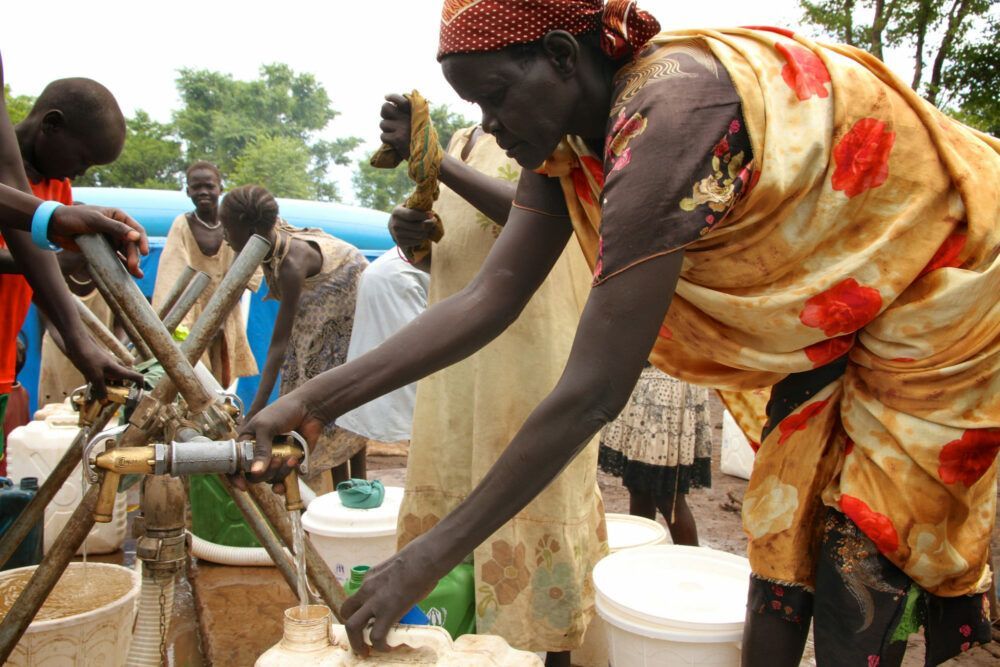GENEVA (AN) — At least 5.2 million people around the world were newly uprooted within their own country by conflicts and violence during the first half of 2018 — including 1.4 million Ethiopians due to new ethnic clashes in the south and violence along a border region.
Ethiopia's troubles topped the list, surpassing even the latest internal displacement in Syria and Congo, according to figures from the Geneva-based Internal Displacement Monitoring Center, or IDMC, which uses its mid-year assessment as an indicator of global affairs.









